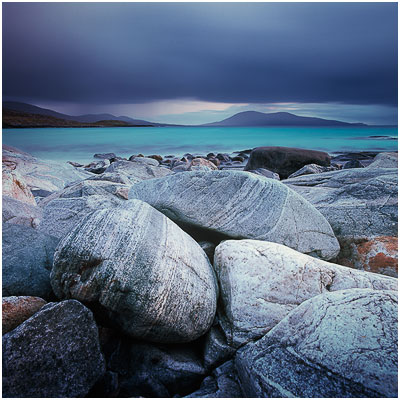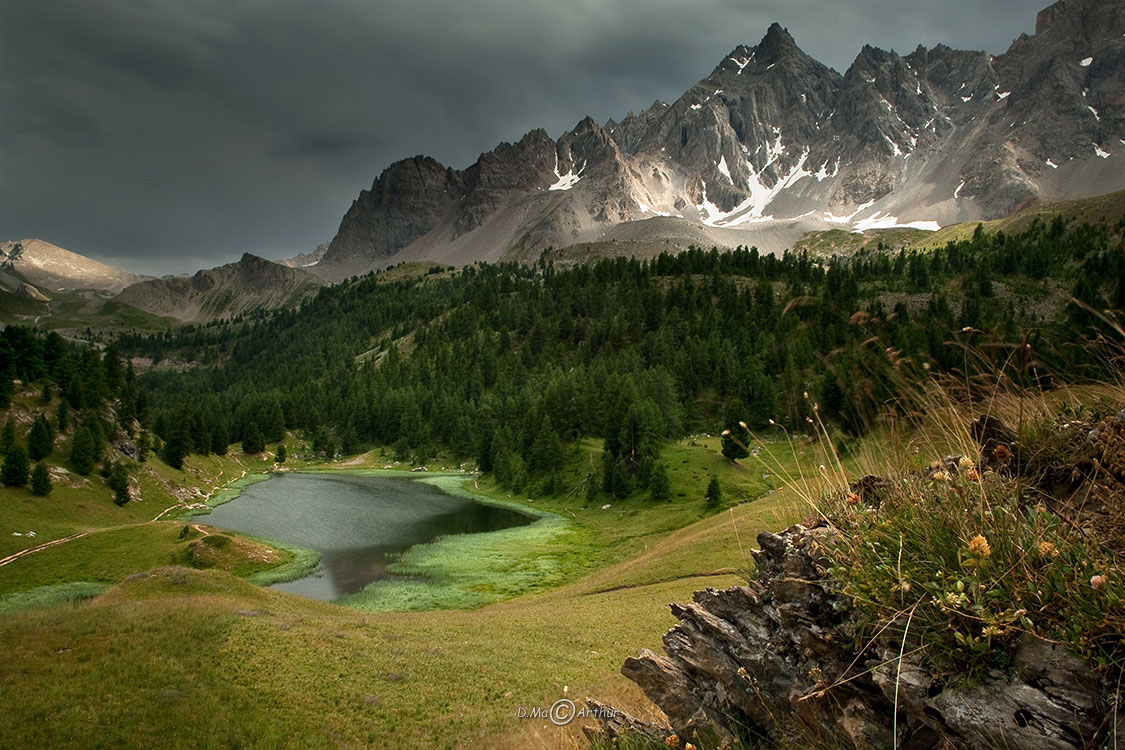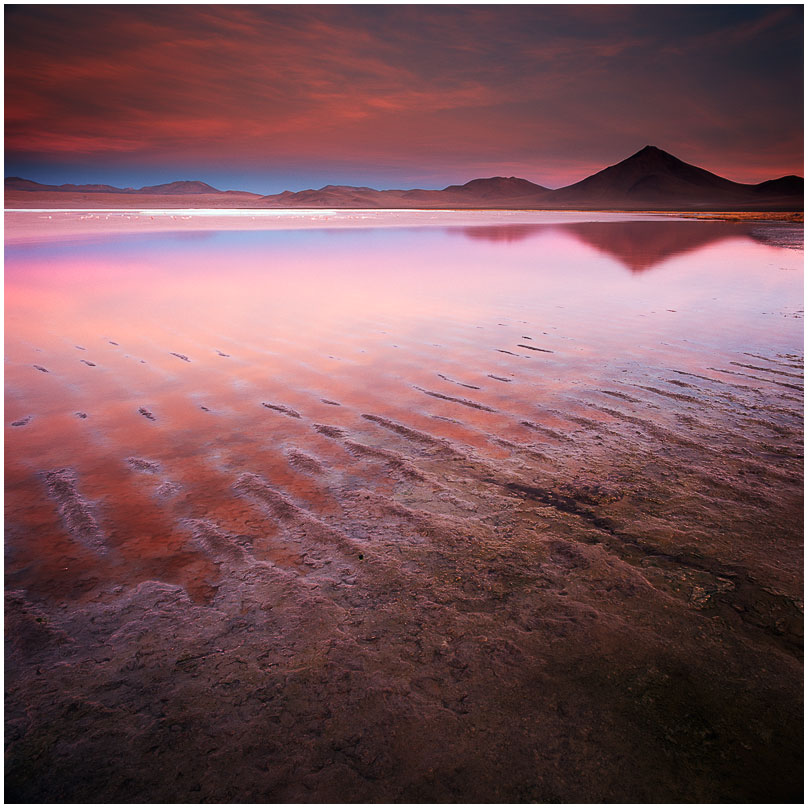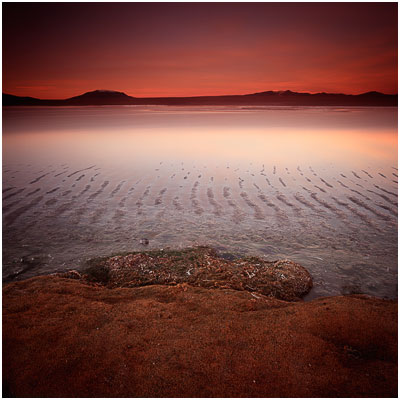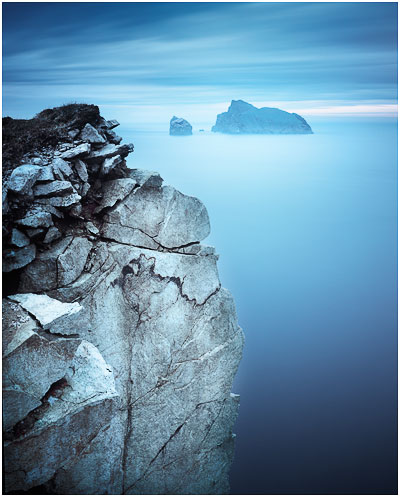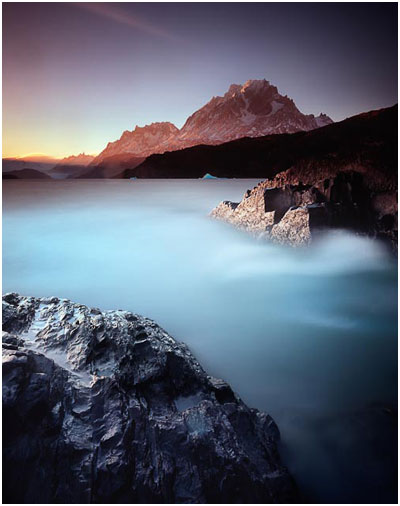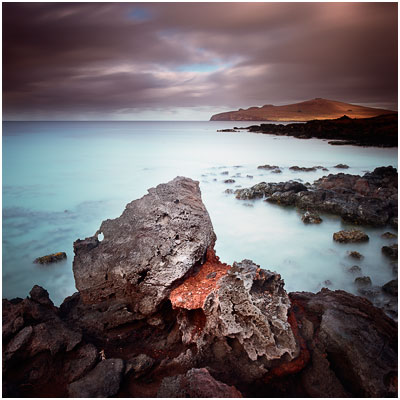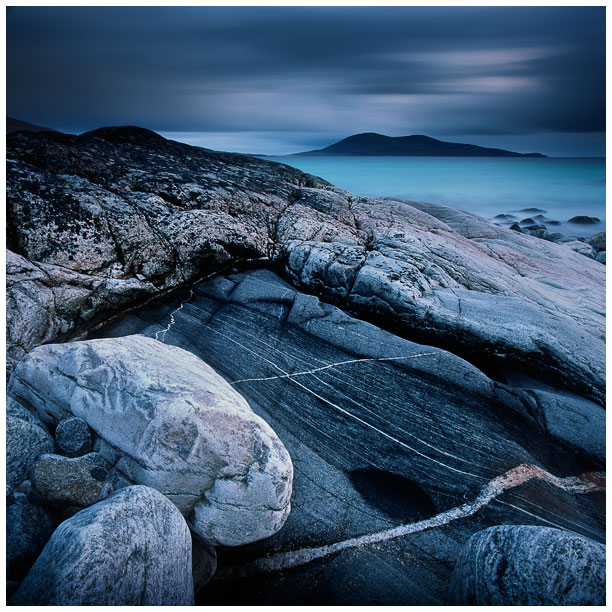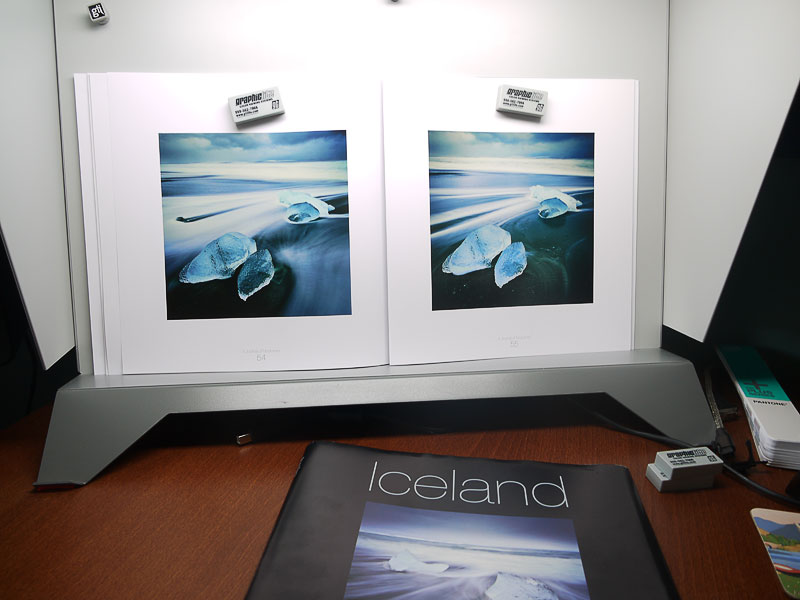Well, it's been a long time coming. I do podcasts on iTunes if you don't already know; you can subscribe to my podcast on iTunes here and have them automatically downloaded onto you iPod or iPad. I'm a little self conscious of putting these podcasts together, but I often get folks asking me when I'll do some more, and the responses I've seen on my guestbook and on iTunes has confirmed that folks love em.
[embed width="400" ] https://vimeo.com/48290279 [/embed]
I've had a lot of "recharging" time at home these past few weeks, which is why the blog is quite prolific at the moment. I'm enjoying very much the process of working through most of the films I've shot this year.
Being home is good. Very good. I feel a need for a sense of balance in what I do: I love the traveling, and I've found the world has become smaller for me over the past few years. I've got some very dear friends in Australia, Canada, America, Portugal, Norway, Switzerland, Japan, Easter Island, Chile, Argentina....
It's amazing to discover that with a little bit of travel (or maybe quite a lot!), strangers become friends and exotic landscapes have become familiar haunts.
I'm aware I lead a very privileged life doing what I do. So with this in mind, here's a little podcast about that, with some music by the extremely talented Dustin O'Halloran titled 'An Ending, a Beginning', which i find very apt.
Many thanks to Dustin and his Management team for allowing me permission to use his very beautiful music. I feel very strongly that the arts should be supported, and I've made sure that a royalty fee has been incurred for the use of Dustin's music. If you'd like to find this music and buy it, it's on the 'Transcendentalism EP'.
I hope you enjoy the podcast, and I do wish to create many more. It's just that time is so precious to me now - it's the rarest commodity that I possess.

